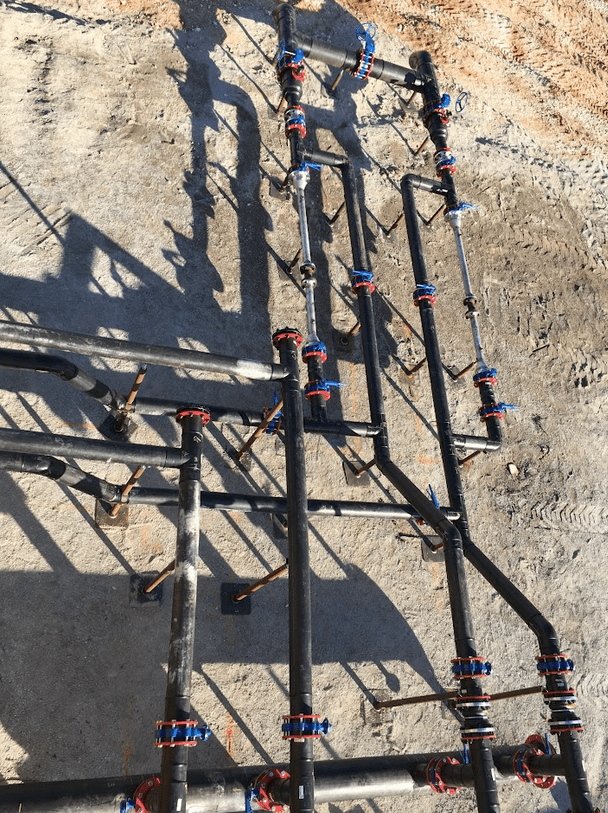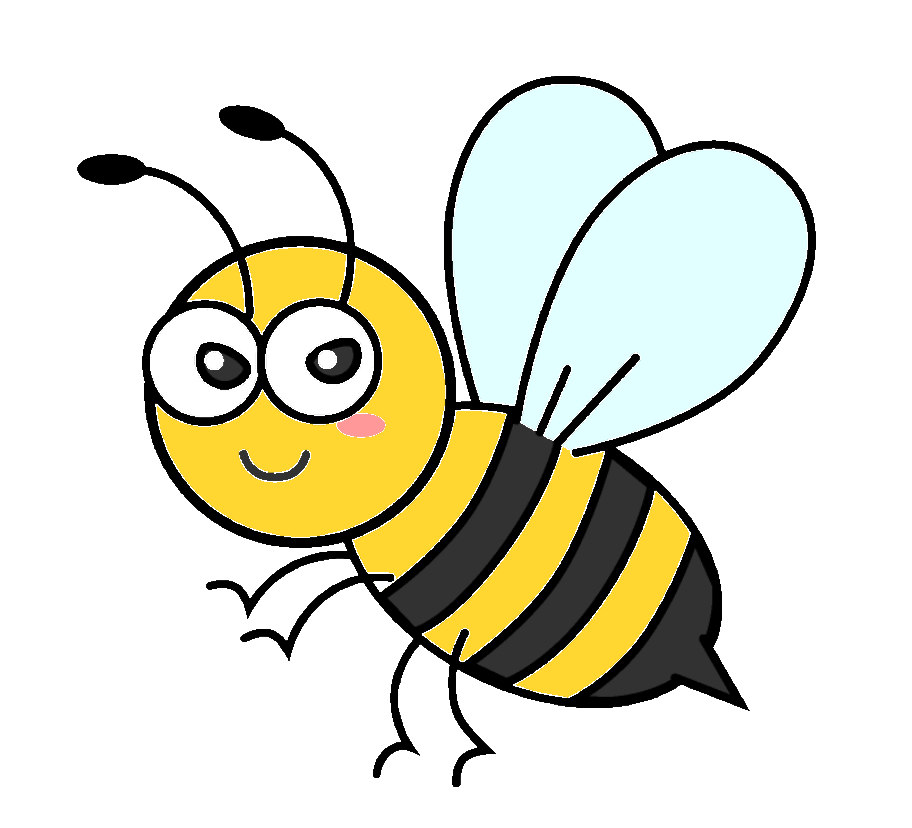DON'T MISS OUT ON NEW ITEMS & EQUIPMENT
Get the latest news, exclusive deals & updates.
Valves are integral components in various industries that facilitate the control and regulation of fluid flow within systems. From controlling the flow of water in household plumbing to managing the movement of hazardous chemicals in industrial processes, the types of valves that get used play a crucial role in ensuring efficiency and safety. In this beginner’s guide to valves, we’ll cover:
The fundamentals of valves, exploring their:
(Click to jump to section)
And if you stick around we’ll even share some free tools for you to use along the way.
Valves operate by controlling the flow of fluids (liquids, gases, or slurries) through pipes or ducts. They achieve this by opening, closing, or partially obstructing the flow path. The method by which valves open and close varies depending on their design and application. Below we will go over the different types of valves and how they operate
Butterfly Valves: These valves feature a disc mounted on a central spindle, which rotates to control flow. Commonly used for large-scale applications, such as in water distribution systems and HVAC (Heating, Ventilation, and Air Conditioning) systems.
Gate Valves: Gate valves utilize a sliding gate mechanism to regulate flow. They provide a straight-through flow path when fully open and are often used in applications requiring full flow or shutoff, such as in pipelines and industrial processes.
Ball Valves: Ball valves employ a spherical closure element (the ball) to control flow. By rotating the ball 90 degrees, flow can be fully opened or shut off swiftly. Ball valves are widely used in various industries due to their reliability and ease of operation.
Check Valves: Check valves, also known as non-return valves, allow flow in one direction while preventing back-flow, or flow in the opposite direction. They are essential for preventing reverse flow and maintaining system integrity in applications such as pumping systems and water treatment plants.
Knife Gate Valve: A knife gate valve (or knife valve) is a type of valve with a sharp-edged gate to cut through and control the flow of thick fluids with high solid content, such as slurries or powders. It operates by raising and lowering the gate to allow or restrict flow, making it suitable for applications where a tight shutoff is required.
Plug Valve: A plug valve consists of a cylindrical or conical plug with a through-hole, which rotates within the valve body to control flow. By turning the plug perpendicular or parallel to the flow direction, the valve can open or close. Plug valves are versatile and find applications in various industries, including petrochemical, wastewater treatment, and food processing.
 Pressure Relief Valve: A pressure relief valve (PRV) is designed to protect equipment or systems from over-pressure conditions by automatically opening to release excess pressure. It typically consists of a spring-loaded disc or piston that opens when the pressure exceeds a predetermined set point, allowing fluid to escape and reduce pressure to safe levels. Pressure relief valves are essential for preventing equipment damage and ensuring operational safety in various industries, including oil and gas, chemical processing, and power generation.
Pressure Relief Valve: A pressure relief valve (PRV) is designed to protect equipment or systems from over-pressure conditions by automatically opening to release excess pressure. It typically consists of a spring-loaded disc or piston that opens when the pressure exceeds a predetermined set point, allowing fluid to escape and reduce pressure to safe levels. Pressure relief valves are essential for preventing equipment damage and ensuring operational safety in various industries, including oil and gas, chemical processing, and power generation.
Pinch Valve: A pinch valve (or squeeze valve) uses a flexible tube (or sleeve) is opened or closed by compressing an internal mechanism to control flow. By squeezing the tube shut, the valve closes off flow, while releasing the pressure allows flow to resume. This can be operated manually by a screw, by pneumatic (air) compression, or by an electric actuator. Pinch valves are ideal for handling granular, abrasive or corrosive fluids, as the flow path is isolated from the valve body, reducing the risk of contamination or damage to the valve components.
Globe Valve: A globe valve features a spherical or cylindrical body with an internal baffle or disc that regulates flow. The disc moves perpendicular to the flow direction, controlling the flow rate by adjusting the size of the flow opening. Globe valves offer precise throttling capabilities and are commonly used in applications requiring fine flow control, such as steam systems, boiler feed water control, and hydraulic systems.
 Needle Valve: A needle valve is a type of valve with a slender, tapered needle-like stem that fits into a conical seat to control flow. By turning the stem, the distance between the needle and the seat can be adjusted, allowing for precise flow regulation. Needle valves are often used in applications where accurate and gradual flow control is required, such as in instrumentation systems, laboratory equipment, and high-pressure hydraulic systems.
Needle Valve: A needle valve is a type of valve with a slender, tapered needle-like stem that fits into a conical seat to control flow. By turning the stem, the distance between the needle and the seat can be adjusted, allowing for precise flow regulation. Needle valves are often used in applications where accurate and gradual flow control is required, such as in instrumentation systems, laboratory equipment, and high-pressure hydraulic systems.
Valves can also be categorized based on their intended purpose rather than their internal design.

This system shows how intricate isolating flow can be when testing a system, and why valves are so important in accomplishing this.
Valves find extensive use across diverse industries because of their crucial ability to control the flow in different types of systems. Because of their capabilities, often they are more expensive than other components in the system. Regardless, they provide a wealth of long term control and overall performance. Here are some common applications:
Valves often feature different end connections, including:
The choice of end connection depends on factors such as system pressure, material compatibility, and installation requirements. Selecting the appropriate end connection is crucial for ensuring leak-free operation and system integrity.
Generally speaking, when people ask for a specific size of valve, they are often referring to the nominal pipe size (NPS), or the diameter, of the valve’s inlet and outlet ports. This size corresponds to the size of the pipe with which the valve will be used. For example, if someone requests a “2-inch valve,” they are indicating that they need a valve with inlet and outlet ports that match the dimensions of a 2-inch NPS pipe.
It’s important to note that the nominal pipe size (NPS) does not directly represent the actual dimensions of the valve body or internal components. Instead, it indicates the size of the pipe that the valve is intended to be installed on. Valves are manufactured to match standard pipe sizes to ensure compatibility with piping systems.
Looking for an easy way to find information on Nominal Pipe Size, dimensions, codes, and more? Consider downloading the Pipedata App:
Pipedata on Apple App Store
Pipedata on Google Play Store
In many cases, it’s important to distinguish sizing when you need to purchase the correct size, and for shipping information. Not only will you want to choose the right types of valves for the job, you’ll want to be sure of the overall size of the product (For instance, a 2-inch ball valve won’t measure 2″ x 2″ x 2″).
Valves are manufactured using a variety of materials to suit different operating conditions and fluid media. Common materials include stainless steel, cast iron, brass, and various alloys. Factors such as corrosion resistance, temperature tolerance, and mechanical strength influence material selection, ensuring optimal performance and longevity of valves in diverse applications. Depending on your context, valve materials may be set by organizations that regulate and set standards to ensure safety and compliance with laws.
Valve manufacturing adheres to industry standards and regulations to ensure product quality, safety, and environmental compliance. These standards commonly come from organizations such as:
These institutions each govern valve design, materials, testing, and performance. Compliance with these standards, along with adherence to environmental and quality regulations, is essential for the reliable operation of valves and the protection of personnel and the environment. In many circumstances, valves are manufactured to adhere to standards set by these organizations. Often, you’ll find the organization’s code on the side of the valve to show the end user by which standard it adheres.
Disclaimer: Our sellers offer products from these common manufacturers. We are not affiliated with any of these manufacturers and earn no commissions from them.
We thought it would be helpful to include them in this guide. Hopefully this can give you some ideas of who to choose when looking for valves:
Valves are indispensable components in various systems across several industries, serving critical functions in flow control and regulation. As technology improves, new products are constantly being introduced into the world of valves. It’s important to keep up! Understanding the different types of valves, their applications, materials, and standards associated with valves is essential for selecting the right valve for specific needs and ensuring optimal performance and safety.
Whether in oil refineries, water treatment plants, or manufacturing facilities, valves play a vital role in maintaining operational efficiency and system integrity. For further exploration into the world of valves, consider consulting industry resources and experts to make informed decisions and maximize the benefits of valve technology.
At Branabee, we offer many products such as valves from different sellers. And if you need a hand figuring out which valve is right for you, we’ve got the expertise to help. So why wait? Check out our valve selection today and see for yourself!
Closing Disclaimer: The information provided in this article serves as a general guide to understanding valves and their various types, applications, materials, and standards. While we strive to ensure the accuracy and reliability of the information presented, we make no representations or warranties of any kind, express or implied, about the completeness, accuracy, reliability, suitability, or availability with respect to the content contained herein.
Furthermore, the information provided does not constitute professional advice or recommendations, and any reliance you place on such information is strictly at your own risk.
In no event will we be liable for any loss or damage including, without limitation, indirect or consequential loss or damage, or any loss or damage whatsoever arising from loss of data or profits arising out of, or in connection with, the use of this article.
Additionally, mention of specific valve manufacturers or products does not imply endorsement or affiliation with any particular company. Readers are encouraged to conduct their own research and seek professional advice before making any decisions regarding valve selection or procurement.
Get the latest news, exclusive deals & updates.
